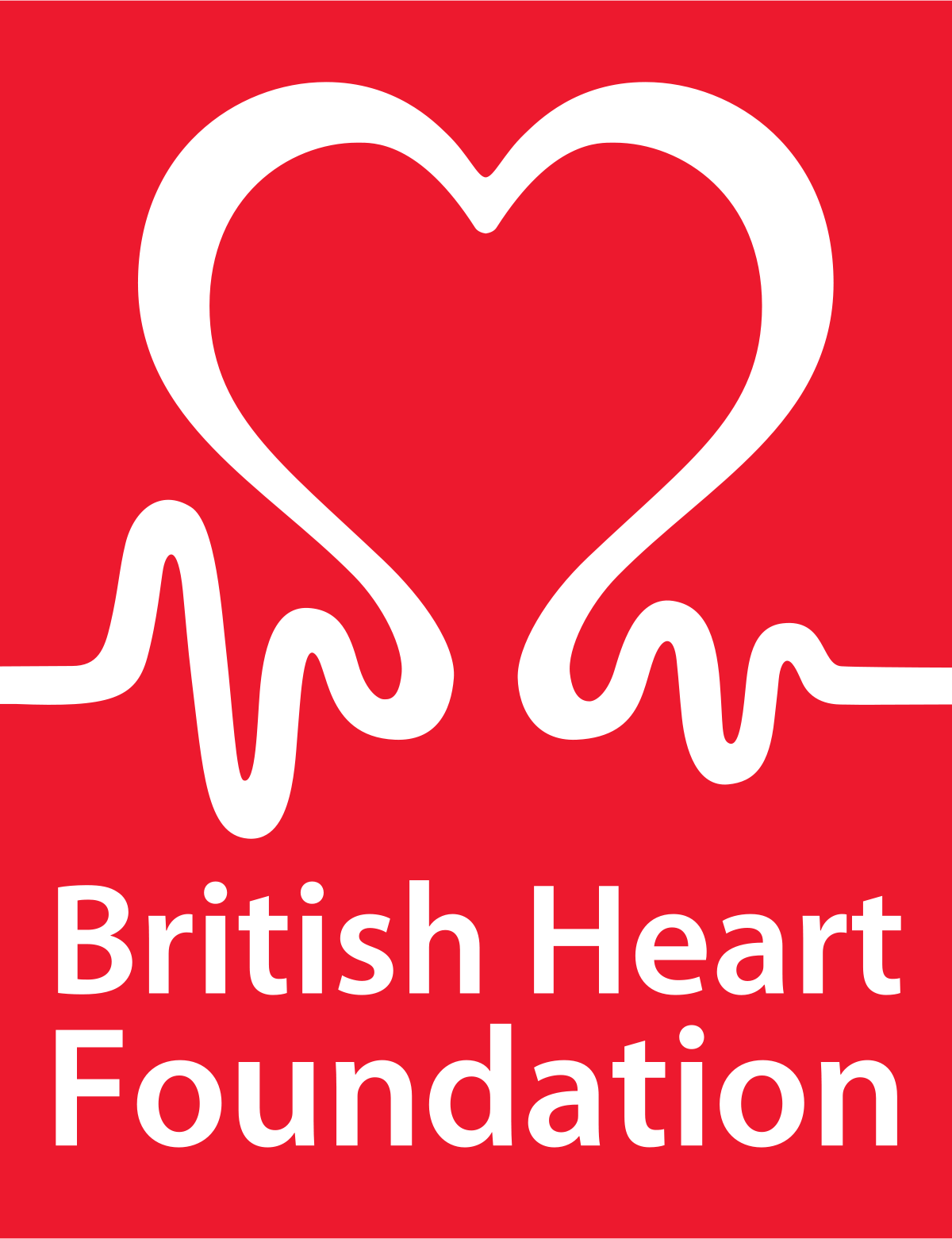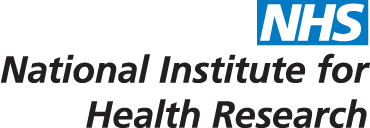
Group Members
Admin Contact
Funding




“We aim to understand the common cellular mechanisms that underlie cardiovascular diseases.”
Despite public health initiatives and the use of effective medical interventions, cardiovascular disease remains the commonest cause of death and disability worldwide. Increasingly, CV disease is encountered in the context of obesity and diabetes and is also a disease of aging. My research is based on understanding common cellular mechanisms that underlie CV diseases. In particular, I am interested in the role of stromal mediators of fibrosis, inflammation and dysfunction in the heart and kidney and interplay of disease between these major body organs.
The Group is anchored in genetic and genomic discovery programs in humans and human tissues and builds on human-based discoveries to understand disease mechanisms using functional genomic approaches in cells and model systems. The ultimate goals of the Group are to define new biology, identify new biomarkers and drug targets and to translate scientific tools developed in the laboratory for patient benefit.
In 2017 we published a paper in Nature describing a new role for the IL-11 cytokine in cardio-renal fibrosis, which overturned a misconception in the field and catalysed a new field of scientific research. The Group is focused on understanding better the structural, biochemical, cellular and organ-level mechanisms underlying IL-11 pathobiology and in developing molecular probes that may be developed further to treat fibrotic diseases.
PATENTS
| 2015 | Treatment of fibrosis (GB, 1522186.4) |
| 2016 | Methods, systems and apparatus for identifying gene variants (US, 62383189) |
| 2016 | Decoy cytokine receptor (GB, 1621431.4) |
| 2016 | Anti-cytokine receptor antibodies (GB, 1621439.7) |
| 2016 | Anti-cytokine antibodies (GB, 1621446.2) |
| 2017 | Treatment of smooth muscle cell mediated disease (GB 1716733.9) |
| 2018 | Combination treatment for eye fibrosis (GB 1806918.7) |
| 2019 | Treatment of kidney injury (GB 1902419.9) |
| 2019 | Treatment of hepatotoxicity (GB 1900811.9 and 1907839.3) |
| 2019 | Treatment and prevention of metabolic diseases (GB 1906291.8) |
Impact: commercialisation of research
Research by the Cook Group (2013-2017) identified IL-11 as a factor that is critical for cardiovascular fibrosis (Nature, 2017). Several patents have been filed around this innovation and the development of novel biologic agents against IL-11. Cook is a co-founder of a spinout company Enleofen Bio (www.enleofen.com) that has licensed these patents and secured USD $6M Series A funding for first-in-class anti-fibrotic drug development through targeting IL-11 signalling using neutralising antibodies against IL-11 or its cognate receptor IL11RA. In late 2019, Boehringer Ingelheim acquired assets from Enleofen and is developing these towards clinical application.
Selected Publications
Chen H, et al. WWP2 regulates pathological cardiac fibrosis by modulating SMAD2 signaling. Nature Communications. 2019 Aug 9;10(1):3616. doi: 10.1038/s41467-019-11551-9. PMID: 31399586
Ng B, Dong J, D’Agostino G, Viswanathan S, Widjaja AA, Lim W-W, Ko NSJ, Tan J, Chothani SP, Huang B, Xie C, Pua CJ, Chacko A-M, Guimaraes-Camboa N, Evans SM, Byrne AJ, Maher TM, Liang J, Noble PW, Schafer S, Cook SA. (2019). Interleukin 11 is a therapeutic target in idiopathic pulmonary fibrosis. Science Translational Medicine, in press.
Widjaja AA, Singh BK, Adami E, Viswanathan S, Dong J, D’Agostino GA, Ng B, Wen Lim W, Tan J, Paleja BS, Tripathi M, Yun Lim S, Shekeran SG, Chotani SP, Rabes A, Sombetzki M, Bruinstroop E, Pei Min L, Sinha RA, Albani S, Yen PM, Schafer S, Cook SA. (2019). Inhibiting Interleukin 11 Signaling Reduces Hepatocyte Death and Liver Fibrosis, Inflammation, and Steatosis in Mouse Models of Nonalcoholic Steatohepatitis. Gastroenterology. https://doi.org/10.1053/j.gastro.2019.05.002
Ware et al. Genetic Etiology for Alcohol-Induced Cardiac Toxicity. J Am Coll Cardiol. 2018 May 22;71(20):2293-2302. doi: 10.1016/j.jacc.2018.03.462. PMID: 29773157.
Schafer S, Viswanathan S, Widjaja AA, Lim W-W, Moreno-Moral A, Daniel DeLaughter DM, Ng B, Patone G, Chow K, Khin E, Tan J, Chothani SP, Ye L, Rackham OJL, Ko NSJ, Sahib NE, Jian Pua C, Zhen NTG, Xie C, Wang M, Maatz H, Shiqi Lim S, Kathrin Saar K, Blachut S, Petretto E, Schmidt S, Putoczki T, Guimarães-Camboa N, Wakimoto H, van Heesch S, Sigmundsson K, Lim SL, Soon JL, Chao VTT , Chua YL, Tan TE, Evans SM, Loh YJ, Jamal MH, Ong KK, Chua KC, Ong B-H, Chakaramakkil MJ, Seidman JG, Seidman CE, Hubner N, Sin KYK, Cook SA. (2017). IL-11 is a crucial determinant of cardiovascular fibrosis. Nature. 552, 110–115.
Schafer S, de Marvao A, Adami E, Fiedler LR, Ng B, Khin E, Rackham OJL, van Heesch S, Pua CJ, Kui M, Walsh R, Tayal U, Prasad SK, Dawes TJW, Ko NSJ, Sim D, Chan LLH, Chin CWL, Mazzarotto F, Barton PJ, Kreuchwig F, de Kleijn DPV, Totman T, Biffi C, Tee N, Rueckert D, Schneider V, Faber A, Regitz-Zagrosek V, Seidman JG, Seidman CE, Linke WA, Kovalik J-P, O’Regan D, Ware JS, Hubner N, Cook SA. (2017). Titin truncating variants affect heart function in disease cohorts and the general population. Nature Genetics. 49, 46-53.
Wang M, et al. Wars2 is a determinant of angiogenesis. Nature Communications. (2016) Jul 8;7:12061.
Schafer S, Adami E, Heinig M, Rodrigues KEC, Kreuchwig F, Silhavy J, van Heesch S, Simaite D, Rajewsky N, Cuppen E, Pravenec M, Vingron M, Cook SA & Hubner N. (2015). Translational regulation shapes the molecular landscape of complex disease phenotypes. Nature Communications. 6, 7200.
Roberts AM, Ware JS, Herman DS, Schafer S, Baksi J, Bick AG, Buchan RJ, Walsh R, John S, Wilkinson S, Mazzarotto F, Felkin LE, Gong S, MacArthur JAL, Cunningham F, Flannick J, Gabriel SB, Altshuler DM, Macdonald PS, Heinig M, Keogh AM, Hayward CS, Banner NR, Dudley J. Pennell DJ, Declan P. O’Regan DP, Ru San T, de Marvao A, Dawes TJW, Gulati A, Birks EJ, Yacoub MH, Radke M, Gotthardt M, Wilson JG, O’Donnell CJ, Prasad SK, Barton PJR, Fatkin D, Hubner N, Seidman JG, Seidman CE, Cook SA. (2015). Integrated allelic, transcriptional, and phenomic dissection of the cardiac effects of titin truncations in health and disease. Science Translational Medicine. 7, 270, 270ra6.
